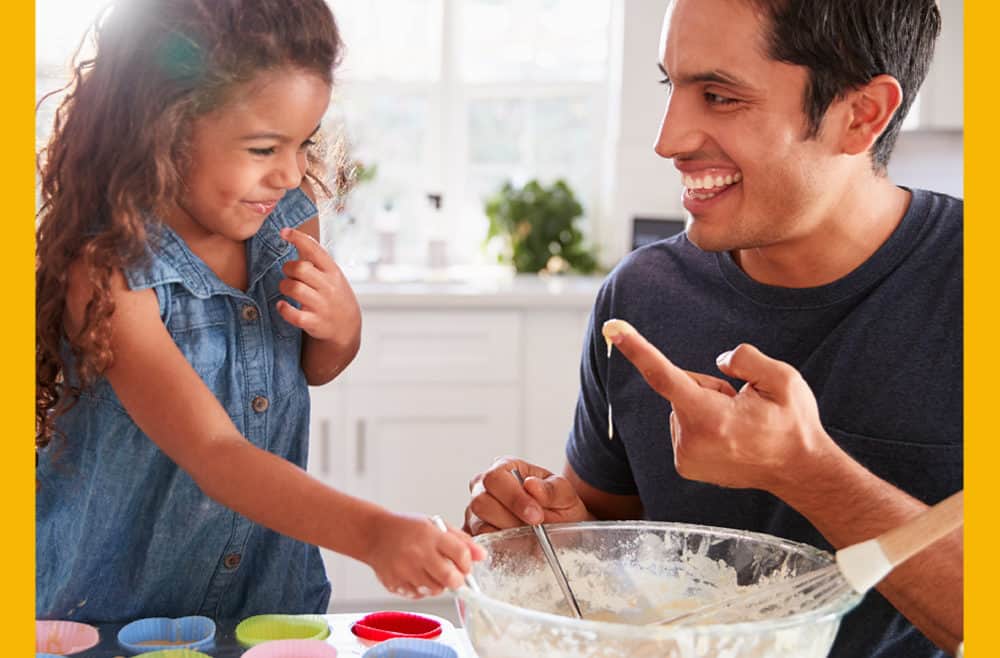Happy New Year from all of us at PTN! With a new year, comes New Year’s resolutions. One of the most common resolutions we hear from parents is that they want to incorporate more learning activities throughout the day, but they don’t feel like there’s enough time to do so. We get it! As parents, we tend to put so much pressure on ourselves. We set goals to spend time with our kids daily, but before we know it, the day is over.
No matter if your child benefits from physical, occupational, or speech therapy, it’s very important to make sure you take time during each day to work with them. An easy way to do this is to incorporate learning into your family’s daily routine. Believe it or not, there are ways to take that pressure off your shoulders while making sure you get in that all-important learning time.
That being said, here are some simple ways to incorporate learning into your family’s daily routine:
Slow Down and Let Your Child Help With Their Morning Routine
A lot of us tend to feel rushed in the morning, and focus more on completing our morning routines as quickly as possible, rather than taking the time to start the day off on a good note. Wake up a little earlier than normal, and get your child involved in getting ready for the day. To start, give them two verbal directions at a time to follow while they’re doing their bathroom routine. You could say something like, “put toothpaste on your toothbrush, then brush your teeth”. Another task you can have your child help with is picking out their clothes for the day. You can have them use their words by asking what color or style of clothing they want to wear.
Get Your Child Involved With Grocery Shopping
The grocery store is actually a great place for learning. Next time you go shopping, take your child with you. While on the way to the store, discuss with them what type of groceries you’re buying and how many of each item you will need. Then while you’re there, talk about the shape of each item (round, square, etc), what color the item is, and the size of the item. This allows you to get your weekly shopping done while improving your child’s verbal skills.
Play a Board Game
Another way to work on your child’s therapy skills is to play a board game together. Board games allow your child to have fun while also improving their motor skills, language skills, and even balance and coordination. Choose a board game based on your child’s specific therapy goals. If your child is working on improving their fine motor and visual motor skills, Connect 4 is a great option. If balance and coordination is the key focus, Twister might be the game for your family. Finally, Memory Match is an excellent way to help build your child’s vocabulary. Best part? For the younger kiddos, you don’t even have to play by the rules!
There’s no reason to put unnecessary stress on yourself once you realize that it’s actually very easy to incorporate learning into your family’s daily routine. Taking a little time out each day to work with your child will go a long way!
For more suggestions, feel free to reach out at any time. Our team of pediatric therapists are here to support both you and your child in any way that we can.











